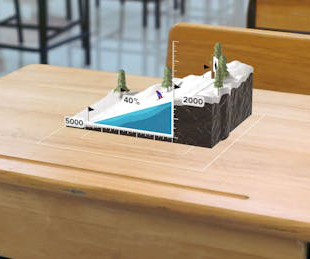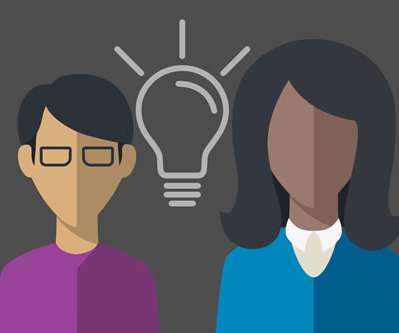How Augmented Reality Helps Teachers Reach More Students
Edsurge
JUNE 2, 2023
In the classroom, AR technology can enhance learning by providing students with interactive and immersive experiences, improving their understanding of complex concepts and enabling them to apply their knowledge in real-world scenarios. You can just use your phone or any mobile device.” How does augmented reality engage all students?















Let's personalize your content